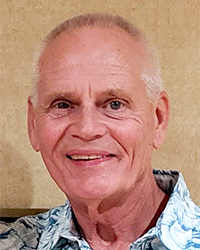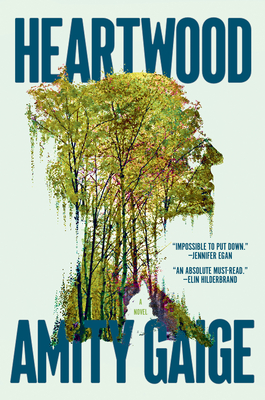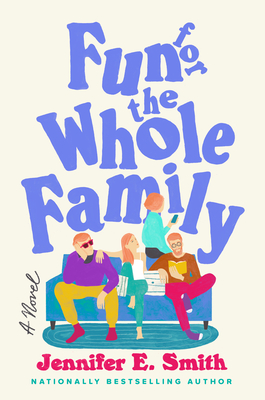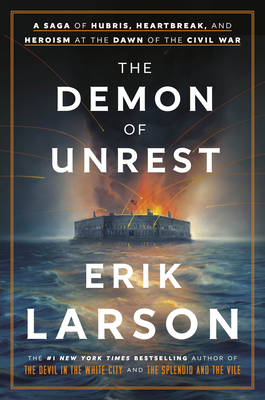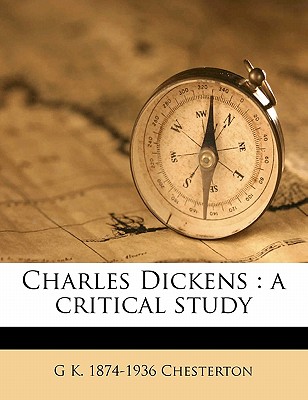 |
 |
 |
Staff Picks
| Page One |
||
|
|
The Murmur of Everything Moving Maureen Stanton This memoir is the remembrance of the relationship of Stanton and her boyfriend Steve in the 1980s. Along the way is struggle and eventually loss. When the couple meets, Steve has freshly split with his wife. Maureen and Steve navigate their way through how to be a couple when an ex-partner and children are in the mix. As their relationship progresses, we see some of the less attractive bits of the union, in particular how difficult Steve can be - jealous, demanding, possessive. And then, Steve is diagnosed with cancer and the future looks not just bleak, but non-existent. The narrative is well-written, thorough (and yet efficiently written in 250 pages), and gripping. I'm usually the kind of reader that can't stay awake past 10:00 reading, no matter how good the book is, but I stayed up to finish this one. Fair warning: to those with a loved one battling cancer or to those who are currently grieving, now is not the time for you to read this. |
|||||||||||||||||||||||||||||||||||||||||||||||||||||||||||||||||
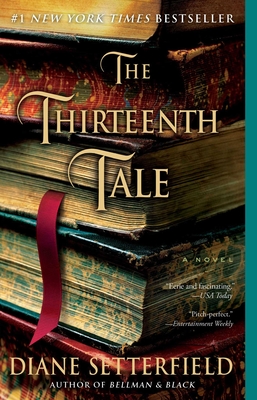 |
The Thirteenth Tale Diane Setterfield This book was a HUGE success when it released in 2006, but I never got around to reading it. Until now. Thank goodness I seized the opportunity when I could. For others who might have missed it, a young woman named Margaret Lea who works in her family's British bookshop comes across a copy of a book called The Thirteen Tales, but curiously, it only has twelve tales within its binding. The twelve tales are spellbinding to say the least, and the literary community is left to wonder whatever became of the final tale. At about the same time, Margaret Lea is contacted by someone who wants to hire her to write a biography. When Margaret Lea travels to begin the process of gathering material (interviews) for the biography, she meets her employer/interviewee—an elderly woman dying. I hate to tell you much more other than to say this book kept me absolutely captivated. The feel of the book is somewhat akin to the atmospheric nature of the classic, Rebecca, by Daphne du Maurier. It's an amazing story of family, secrets, and mystery. If, like me, you missed it, I highly recommend you seek it out! |
||||||||||||||||||||||||||||||||||||||||||||||||||||||||||||||||||
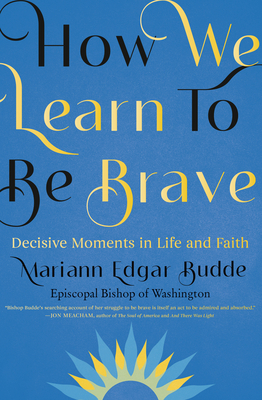 |
How We Learn to be Brave Mariann Edgar Budde In a very rare occurrence, two of the book groups I am involved with at the bookstore, TED and Beagle Women, both chose to read this book. The discussions were close in time, and it was a treat for me to to hear two different groups discuss the same book. Bishop Budde has occasionally been in the news. In 2020, Trump chose the lawn of a church in her diocese as a photo op after the death of George Floyd. Bible held upside down aside, Budde took issue with his behavior. More recently, Budde led the prayer service following the January presidential inauguration. During her sermon, she asked Trump to have mercy on those in our country who are scared. Trump demanded an apology. Following that incident, readers became very interested in Budde's 2023 nonfiction book, How We Learn to Be Brave. This is in fact a "religious" book, but very much a personal account of Budde's life and career. She spent 10 years at St. John's in St. Paul, Minnesota before moving to Washington D.C. and accepting the bishop position. Budde's book is organized in a way that I found engaging: Deciding to Go, Deciding to Stay, Deciding to Start, Accepting What You Do Not Choose, Stepping up to the Plate, The Inevitable Letdown, and The Hidden Virtue of Perseverance. Budde is well-read, a good writer, and for many, a beacon of hope. |
||||||||||||||||||||||||||||||||||||||||||||||||||||||||||||||||||
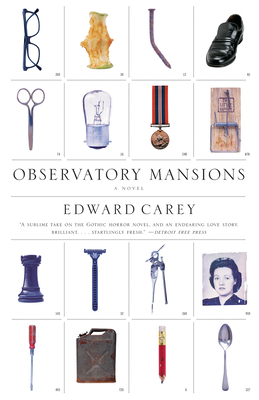 |
Observatory Mansions To my knowledge, this was the only book by Edward Carey I had not yet read. And while I
appreciate the sentiment of "I never want to live in a world where there's not one more
Dickens to read", who knows if I'll get a deathbed and if I do, I'll be able to read........
so I plunged into Observatory Mansions. For those unfamiliar with Carey, he's best described as quirky. While he lives in Texas, he was born and raised in England and Britishness is an
essential bit of his being. His novels are usually set in Europe, in large houses, with unusual
(quirky) characters illustrated with Carey's own signature pencil illustrations,
which are also quirky. See what I mean? Quirky, quirky, quirky). The Orme family used to be
wealthy and had a grand estate displaying that wealth. The family fell on hard times and
the estate has been developed into apartment housing, known as Observatory Mansions.
It houses Francis Orme, who makes his living as a statue, his parents (who don't really speak
to each other), a woman who acts as a dog, a man who continually sweats and cries, a
woman who spends all her time watching television, and a porter. Then Anna Tap, a
seemingly kind and normal sort of person, moves in and everything is upended. What I
found the most interesting about this book was how much, in my opinion, it foreshadowed
the young adult trilogy, Heap House, which he published later. If you're looking for something
different, British, and quirky, give Edward Carey a try. |
||||||||||||||||||||||||||||||||||||||||||||||||||||||||||||||||||
|
|
While the lighthouse was remote, a small community existed around it. Two assistant keepers
and their wives arrive, and a local family consisting of a married couple, their daughter,
and the wife’s brother live nearby. As Willa and Theodulf settle uncomfortably into married life, the parents of the local family
disappear, presumably drowned on Lake Superior, and nearby wolves howl eerily at night.
|
|||||||||||||||||||||||||||||||||||||||||||||||||||||||||||||||||
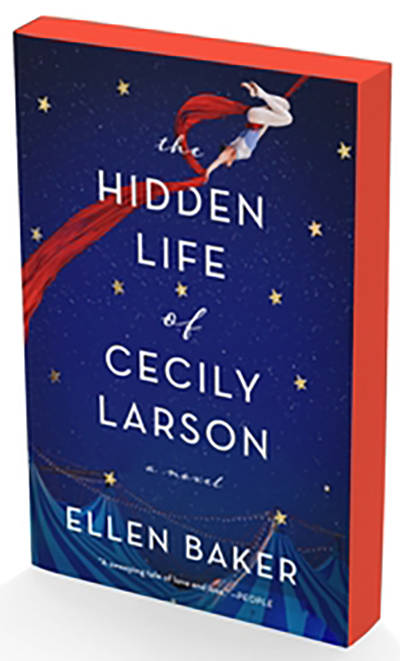 |
The Hidden Life of Cecily Larson Ellen Baker In 1924, Madeline left her four-year-old daughter, Cecily, at an orphanage in Chicago. She promised to come back for her but never did. When Cecily was seven, the orphanage sold her to a traveling circus, where she joined an equestrian act. Does it seem impossible that this could happen? Here’s a similar story from my family that illustrates the value our society put on the lives of children in this period of time. In 1908 my grandmother’s mother died, leaving four children, ages 3-14. Their father had abandoned the family some time earlier. One of the children ran away and was never seen again. The others were farmed out to various family members. An uncle who was a traveling salesman took in my great-uncle Vic, who was three years old. Apparently, the uncle’s wife didn’t agree with the decision. While her husband was on the road, she sent Vic to an orphanage in Kansas and told everyone he’d died. It wasn’t until they were adults that the truth was revealed, and the three siblings were reunited. For me, this story makes me willing to accept the things which happened to Cecily and the secrets carried in her family for many, many years. This book is one we’ll be discussing at our Spring Retreat on April 12. The theme is, “Who Am I, Really?” and it’s an apt question for Cecily and her descendants. Whether or not you’ll be a part of the retreat, the book is both an entertaining read and an opportunity to consider how the treatment of children has—or hasn’t changed. And you might even decide to revisit parts of your own family history! |
||||||||||||||||||||||||||||||||||||||||||||||||||||||||||||||||||
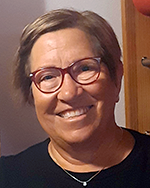 Doni |
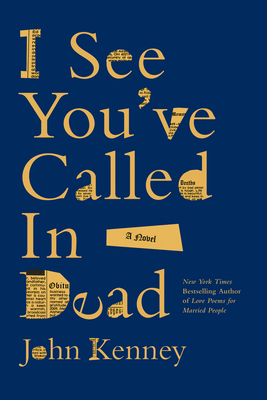 |
I See You’ve Called in Dead John Kenney Bud Stanley is not living his best life. His wife left him, he’s making significant mistakes as an obituary writer and his blind date showed up late. With her ex. But the kicker is when, under the influence of 16-year-old scotch, he submits his own obituary to his newspaper, violating many company policies and being suspended. They’d like to fire him, but apparently the company can’t fire a dead person. The characters in this book are real and so engaging. Tim is Bud’s best friend, and they start going to funerals of people they don’t know. Leo is his precocious seven-year-old neighbor who shares a child’s wisdom with Bud. His former obituary writing colleague Tuan loves him with sarcasm and insults. His boss Howard offers a mirror to Bud. This talk of obituaries and funerals sounds bleak, but this is a funny book. And in the humor is thought provoking insight. I’ve added it to my list of five star books for the year. |
|||||||||||||||||||||||||||||||||||||||||||||||||||||||||||||||||
|
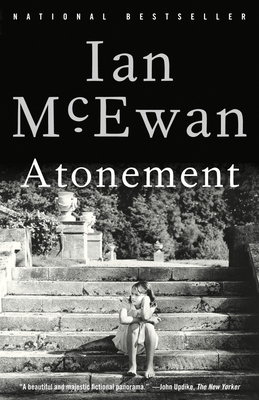 |
This book is, I think, a monumental achievement. It’s divided into four Parts. The first reminded me of Evelyn Waugh’s Brideshead Revisited. The second evoked War and Peace. The last two are unlike any book I can think of. The story begins in pre-war (WWII) England. The second Part brings us to the retreat to Dunkirk; McEwan researched letters from soldiers in the Imperial War Museum, as well as books about the experience. The last, shortest Part is set in 1999. It’s beyond poignant. And the whole book: the writing, the characters, and the plot are all masterfully done.
|
|||||||||||||||||||||||||||||||||||||||||||||||||||||||||||||||||
 |
Identical Turow’s Kindle County is as real as Penny’s Three Pines. Kindle County is based on Chicago and Cook County, with some Minneapolis/St. Paul thrown in. And the plots and characters are just as rich as Penny’s. In Identical we go back and forth between 1982, when a murder is committed, and 2008, when the twin who confessed to the crime is being released from prison. His brother is running for mayor, and the brother of the crime’s victim is doing everything he can to implicate the innocent twin. As you can tell from the cover, you will learn how completely identical twins really are. I thought I had the plot figured out a couple of times but I kept being surprised. |
||||||||||||||||||||||||||||||||||||||||||||||||||||||||||||||||||
 |
To Be with Her Rama was born in India but fled to Pakistan with his family when the country was partitioned. In his teenage years he’s romantic, writing passionately to the daughter of an elite family: they bravely sit together on a bench in a park, a wildly rebellious thing in their culture. He has a plan for his life: he will study engineering in America for four years then work for two more to gain experience and earn money, then return Pakistan to design bridges. He will then be worthy to marry his beloved Leila. Rama’s mother weeps uncontrollably when sending off her son, fearing that he will fall in love with an American woman and never return. Six years is a long time to live in a wildly different culture. America is seductive, but home has claims on Rama. This book follows the young man, putting the reader in the head and heart of the dilemma of many exiles. The book is set in the 60s, and much of it takes place in Chicago. This provides an extra treat, visiting our history. Rama talks a lot about American movies, many of them from earlier decades, sprinkling the novel with not only movie titles but also running times, color information, studios, and Oscar trivia. As a movie buff, I found this fun. |
||||||||||||||||||||||||||||||||||||||||||||||||||||||||||||||||||
|
|||||||||||||||||||||||||||||||||||||||||||||||||||||||||||||||||||
|
Would you like to be a guest reviewer? Email Sally at sally@beagleandwolf.com. |
|||||||||||||||||||||||||||||||||||||||||||||||||||||||||||||||||||
— page top — |
|||||||||||||||||||||||||||||||||||||||||||||||||||||||||||||||||||
| About Us How to Find Us |
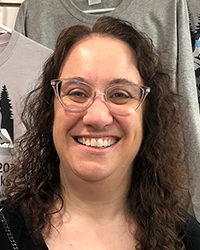

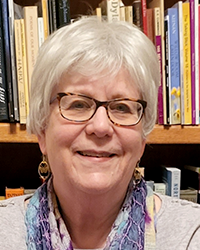

 The other
backdrop is the great social change occurring in Minnesota in 1910, a time called The
Progressive Era. The struggles within the state—and nation—are well represented by the
struggles between Willa and Theodulf. This novel is inspired historical fiction, with a little bit of
magic.
The other
backdrop is the great social change occurring in Minnesota in 1910, a time called The
Progressive Era. The struggles within the state—and nation—are well represented by the
struggles between Willa and Theodulf. This novel is inspired historical fiction, with a little bit of
magic.
